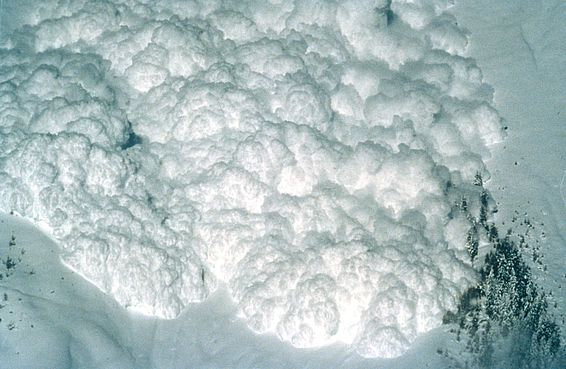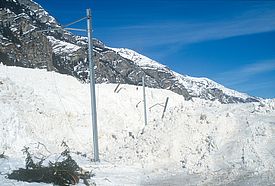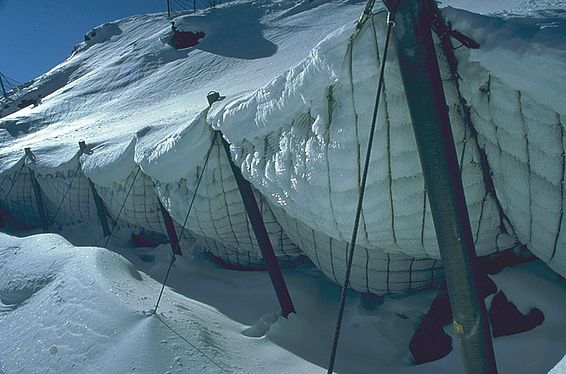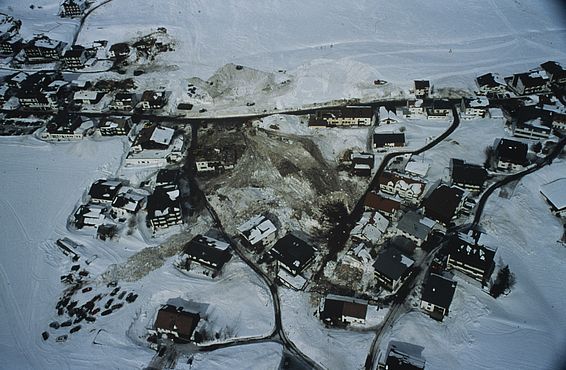The winter of 1998/99 saw exceptional levels of snowfall and numerous avalanche accidents in Switzerland and throughout the Alps. SLF employees reflect on their experiences in this extreme situation and the insights they gained from it.
It is 25 years since the avalanche winter of 1999, which saw five to eight metres of fresh snow within four weeks on the northern slopes of the Alps, roads and railway lines blocked, villages cut off, some without electricity, and locals and hundreds of thousands of tourists stranded. Within a month, avalanches caused damage of around CHF 600 million and claimed the lives of 17 people in Switzerland alone.
The trigger was an exceptional set of weather conditions. High-precipitation orographic lift from the northwest occurred three times in quick succession: from 26 to 29 January, from 5 to 10 February and from 17 to 24 February. This led to heavy snowfall. For the first time since its introduction in 1993, the highest avalanche warning level of five ("very high") was in place over a wide area for several days in a row.
Video: SLF contributors report on the avalanche winter of 1999 ¶
Some SLF employees worked every day, including on weekends – assuming they could get in to work. The current head of the avalanche warning service, Thomas Stucki, stayed overnight with a colleague because the road to his home was closed (see also interview with Thomas Stucki on the 1999 avalanche winter). Permafrost expert Marcia Phillips was cut off from the outside world for a week in the Monstein area of Davos. "That was actually quite nice," she reminisces. Here, she and some of her colleagues at the time talk about their experiences in that extreme winter, including SLF Director Jürg Schweizer, who recalls a sometimes hectic and tense atmosphere.
Avalanche winter 1999 in Switzerland in numbers: ¶
- Around 1,200 destructive avalanches in the Swiss Alps
- 28 people buried, 17 of whom did not survive (excluding accidents involving tourists)
- 131 snow sports enthusiasts buried, 19 of whom died
- Property damage totalling over CHF 600 million
- Indirect financial consequences for the tourism industry estimated at more than CHF 300 million
After the third and final period of precipitation, several employees surveyed the situation by helicopter to investigate some of the avalanches in detail. Jürg Schweizer and Lukas Stoffel flew to Leukerbad, where an artificially triggered avalanche had torn off half the roof of an apartment block and buried a road. They then went on to dig a snow profile on a 35-degree slope 1,500 metres above a partially evacuated village, at the request of the authorities. That was not without its risks. "There were three to four metres of snow, it was a really strange feeling," recalls Stoffel. In the end, the two did not find any weak layer. "But even so, either the evacuation was unnecessary or we were foolhardy," says Schweizer, looking back.
Major avalanche winters in Switzerland and their consequences: ¶
- 1887/88: more than 1,000 avalanches, damage documented for the first time
- 1951: around 1,300 destructive avalanches, avalanche warning service expanded, construction of retaining structures stepped up in starting zones
- 1954: 325 destructive avalanches, avalanche models developed
- 1968: Davos hit particularly hard, growing realisation of the importance of hazard maps and an acceleration of their use
- 1999: around 1,200 destructive avalanches, temporary protective measures stepped up
- 2018: around 150 destructive avalanches, combination of permanent and temporary avalanche protection proves effective
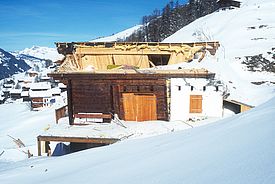
As a French-speaker, Marcia Phillips was dispatched to Evolène. That was the site of the most serious avalanche in Switzerland that winter, killing 12 people, and the country's third worst in the 20th century. Phillips mapped the avalanches, and recorded and photographed the damage. "The whole time I kept getting invited in for coffee by the locals; people wanted to talk about their experiences."
The avalanche experts were also in demand abroad. Stefan Margreth, now head of the Avalanche Protection Measures research group, and geophysicist Paul Föhn flew to Galtür, Austria, at the request of the Innsbruck regional court, to investigate the avalanche that destroyed the Winkl area of the village. This was the worst incident of the winter, claiming 31 lives. The massive volumes of snow had penetrated into what, according to the hazard maps, were supposedly safe areas. In that case the judicial authorities decided not to prosecute.
It was a different matter in Evolène. The Valais cantonal court handed down suspended prison sentences to the mayor and safety chief, although the judgements did not become final until 2006, seven years after the incident. The ruling unnerved many avalanche service employees. The SLF specifically investigated whether there was genuine cause for concern and concluded that the judgment did not tighten the duty of care. "What's more, since the avalanche winter of 1998/99, Switzerland has taken many steps to ensure that avalanche services are even better placed to cope should a similar situation arise again," says Jürg Schweizer, lead author of the analysis.
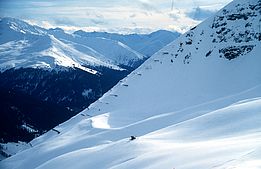
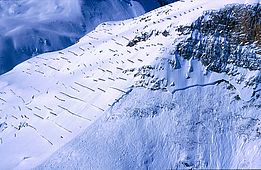
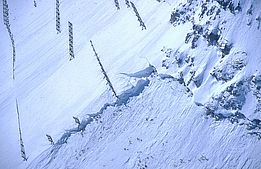
The avalanche winter kept SLF researchers busy for many years, spawning numerous studies and a book of around 600 pages (see below). The analyses resulted in a raft of new projects and ideas for avalanche protection. "The avalanche winter of 1999 spurred major efforts, particularly on organisational measures," says Schweizer, citing as an example the Intercantonal Early Warning and Crisis Information System (IFKIS), developed by the SLF, which was the forerunner of the SLFPro system used today. Another lesson learnt was that blasting avalanches is a viable and cost-effective alternative to avalanche barriers. At the same time, Margreth notes, the importance of these structures also became clear: "Estimates suggest that, in February 1999, around 300 destructive avalanches were prevented due to their impact."
"Everything came to a standstill" - contributors report ¶
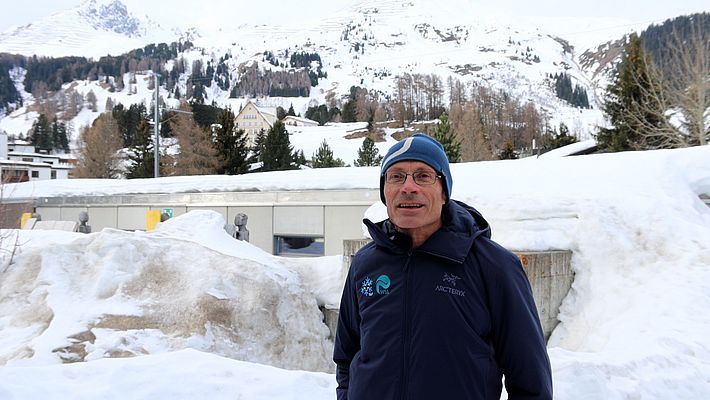
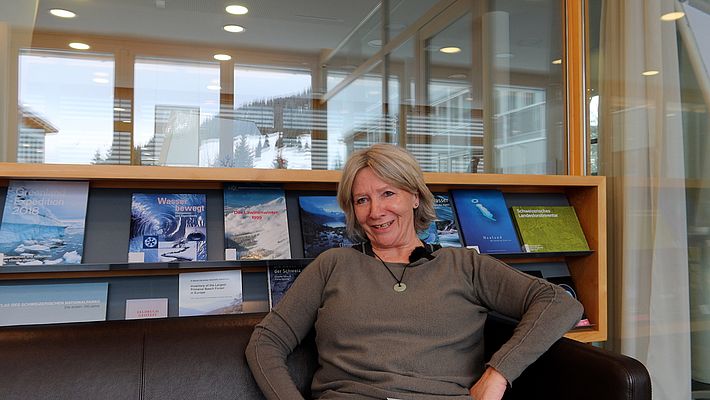
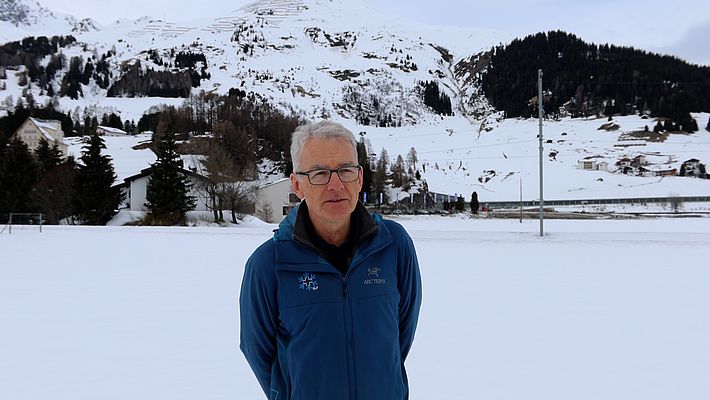
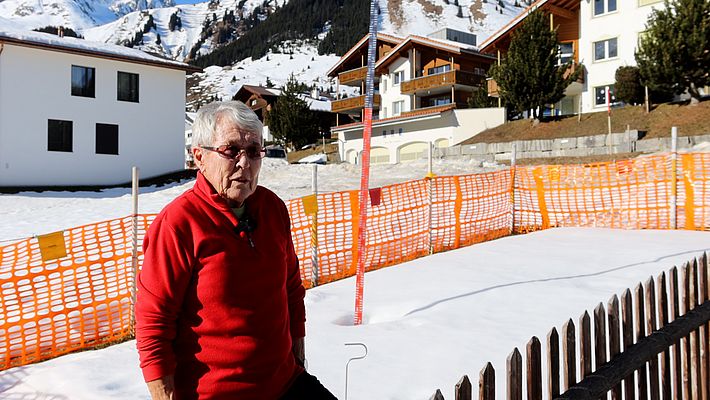
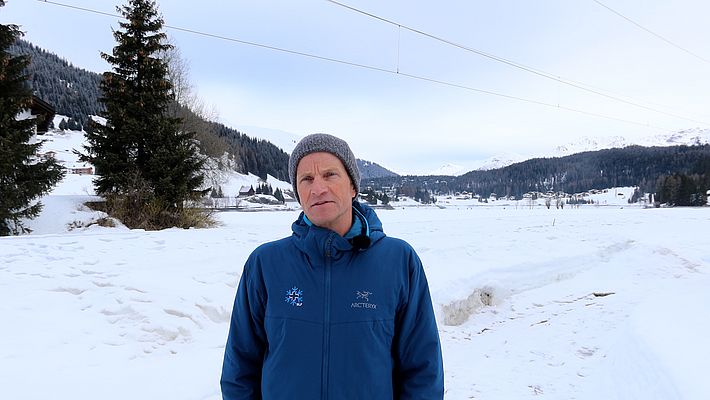
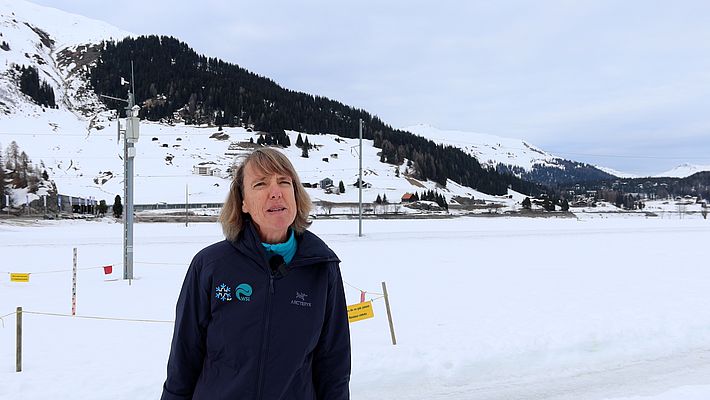
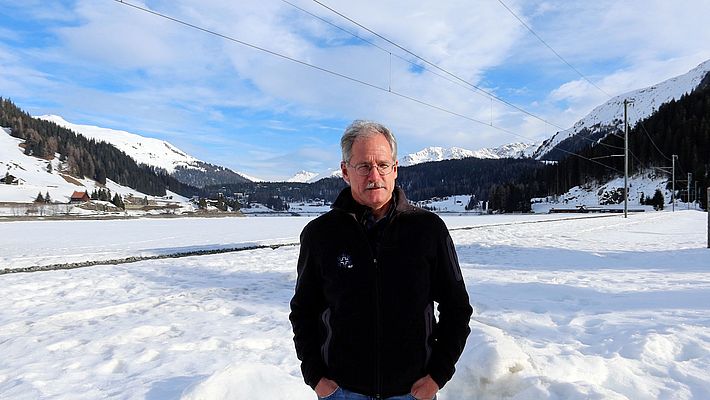
Contact ¶
Media Office SLF
- Telephone: +41 81 417 01 90
- E-Mail: medien(at)slf.ch
Copyright ¶
WSL and SLF provide image and sound material free of charge for use in the context of press contributions in connection with this media release. The transfer of this material to image, sound and/or video databases and the sale of the material by third parties are not permitted.
